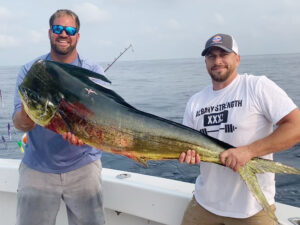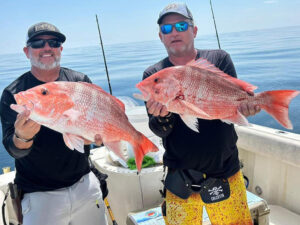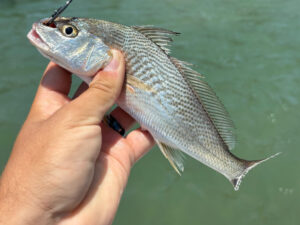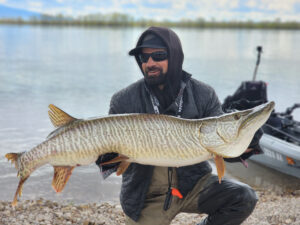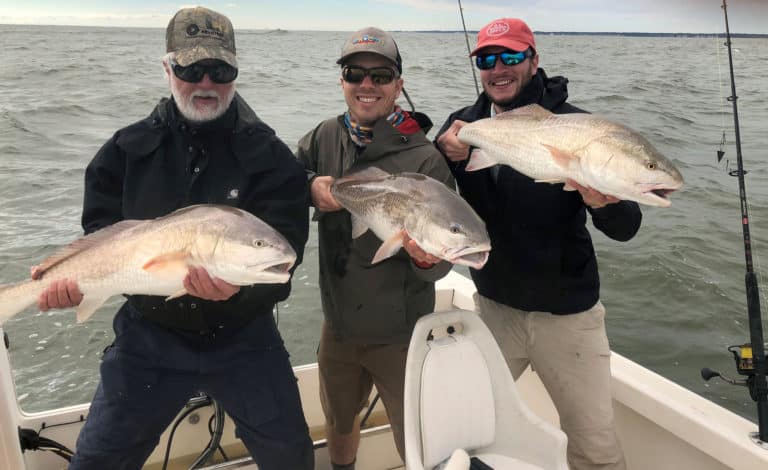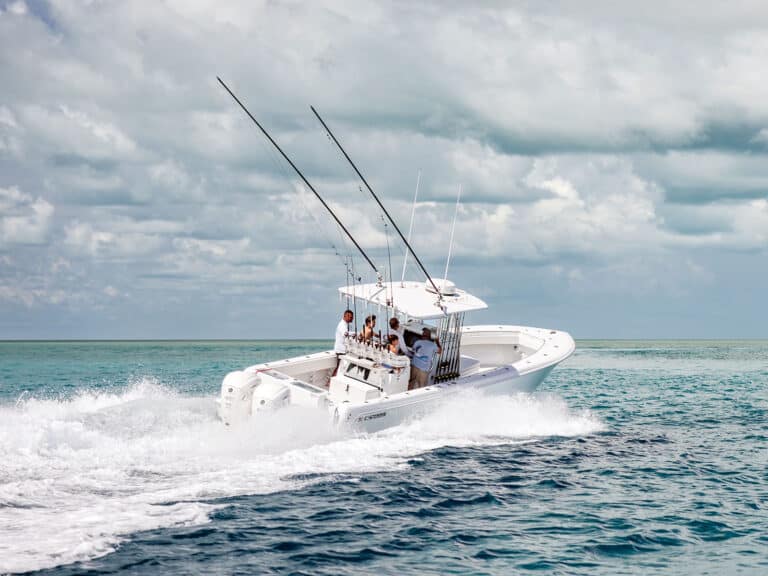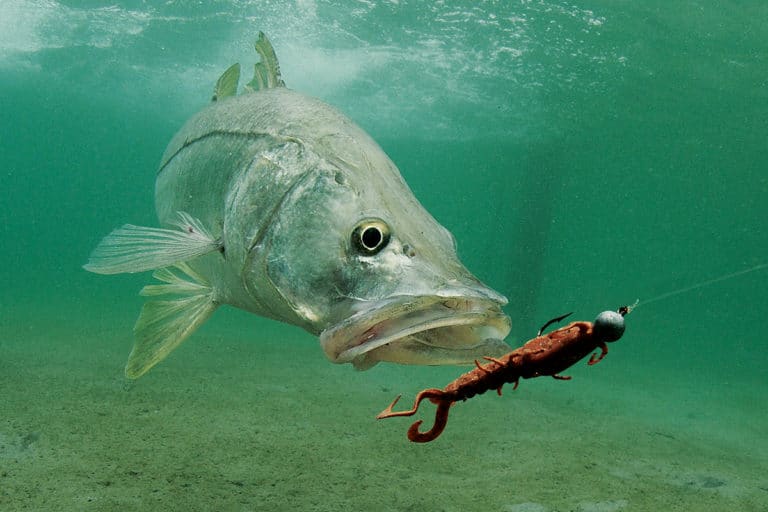OPINION
For years, recreational fishermen have complained that federal saltwater fisheries management is not designed to accommodate recreational fishing. Now, it’s not just anglers raising that red flag.
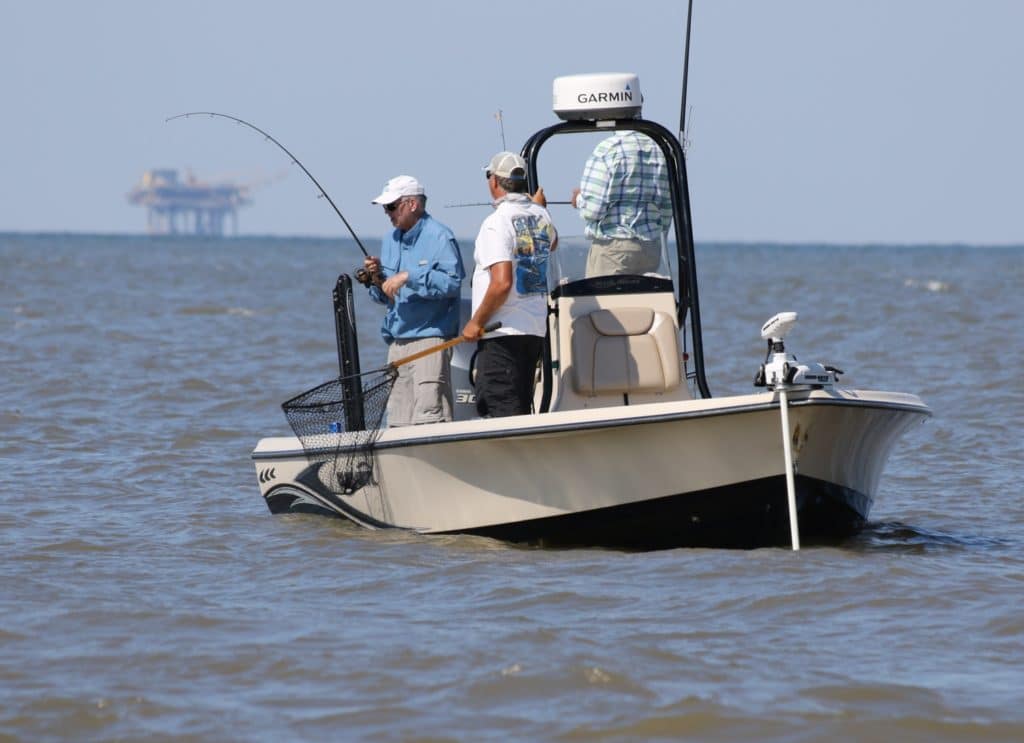
A new, extensive report by the National Academy of Sciences (NAS) raises this very issue. For the recreational-fishing community, which has long felt like the proverbial round peg in a federal fisheries-management world full of square holes, it’s a relief to see such a prestigious organization publicly share our concern.
The Magnuson-Stevens Fishery Conservation and Management Act requires all fish stocks be managed to an annual catch limit (i.e., number of pounds that can be caught in a year). When that limit is reached, the act requires that the fishery be shut down. If the limit is exceeded, punitive measures go into effect in future years.
That works for commercial fisheries management, in which a relatively small number of vessels catch large amounts of fish that are counted and processed when brought to shore. Thus, it’s feasible to manage commercial fisheries in real-time where adjustments can be made to ensure the catch limit isn’t exceeded.
Unfortunately, our federal fisheries-management system is attempting to manage the nation’s 11 million saltwater anglers the same way, not recognizing the numerous fundamental differences between recreational and commercial fishing.
One of those major differences is the way in which they estimate catch.
The Marine Recreational Information Program (MRIP) is the system that estimates saltwater recreational fishing harvest, and which was the subject of the new NAS report. To be fair, the NAS report is generally complimentary of progress made recently under MRIP, including switching from surveying anglers via randomly cold-calling coastal household landlines, to a mail survey.
In the 21st century, it may be hard to believe that sending surveys through the mail is considered major progress, but that goes to show how low the bar had been set.
While the shift to snail mail and other advances that have been made within MRIP will improve the accuracy of its harvest estimates, anglers will still be left with a system that is not capable of providing information nearly as frequently or accurately as commercial-fishing harvest data, or to the degree necessary to meet current statutory requirements. The fundamental limitations of MRIP — which have recently manifested themselves in frustrating restrictions in summer flounder, cobia and Gulf red snapper, to name a few — will persist.
In the 21st century, it may be hard to believe that sending surveys through the mail is considered major progress, but that goes to show how low the bar had been set.
Well into the report, on page 84, the NAS states, “(c)oncerns from analysts, managers and stakeholders over the use of data from MRIP in estimating both catch limits and in determining whether they have been exceeded have been expressed.” The report goes on to recommend that NOAA Fisheries “(e)valuate whether the design of MRIP for the purposes of stock assessment and the determination of stock management reference points is compatible with the needs of in-season management of annual catch limits.”
A full evaluation of this issue would almost certainly conclude what anglers have long known: The inability of MRIP to allow for in-season adjustments exposes one of the core flaws of the federal saltwater-fisheries-management system.
Addressing this core flaw will require both alternative management approaches and alternative data-collection approaches.
First, NOAA Fisheries should look to the states for proven recreational-fisheries-management approaches that don’t constrain managers to attempt to enforce quotas in real time without the data to do so.
Secondly, smartphone apps that allow anglers to log their catch provide tremendous potential to provide supplementary angler catch data with significantly greater response rate and timeliness. Although there are challenges in ensuring these data sources are accurate and unbiased, these challenges should not overshadow the potential these programs have in substantially improving harvest data. The NAS report provides sound recommendations for further evaluating electronic data, such as from smartphone apps.
Anglers who would prefer that the NAS report simply have concluded that “MRIP sucks” may have come away disappointed. But that doesn’t get us anywhere. Instead, we can take this opportunity to question whether MRIP is capable of fulfilling federal law’s unfortunate expectation: to manage recreational fishing the same way as commercial fishing.
The first step in solving a problem is to recognize that it exists.


